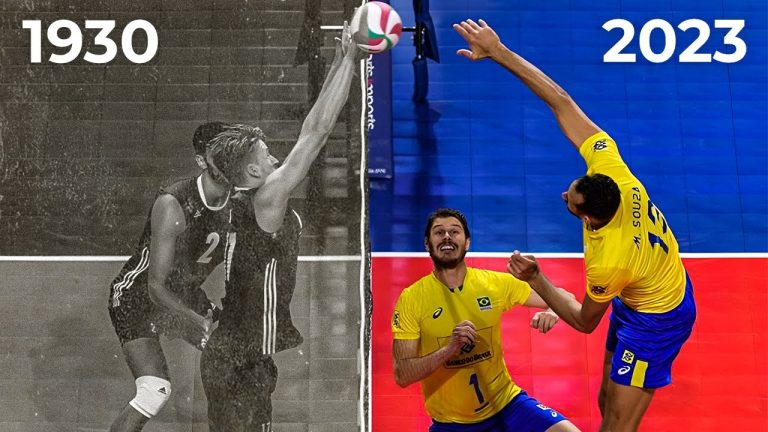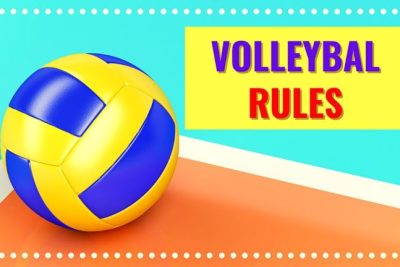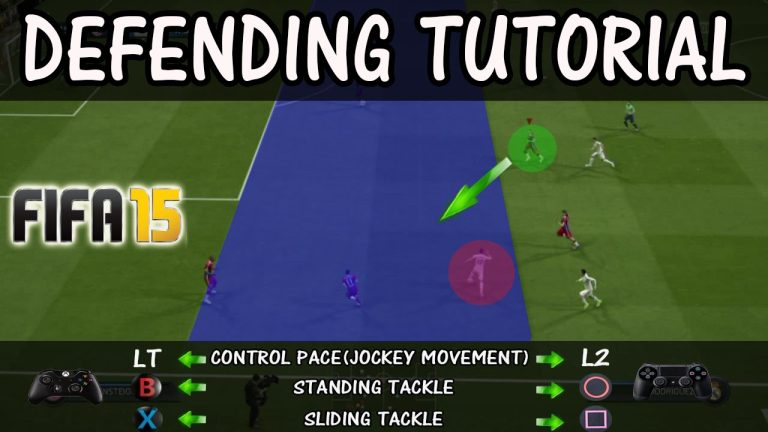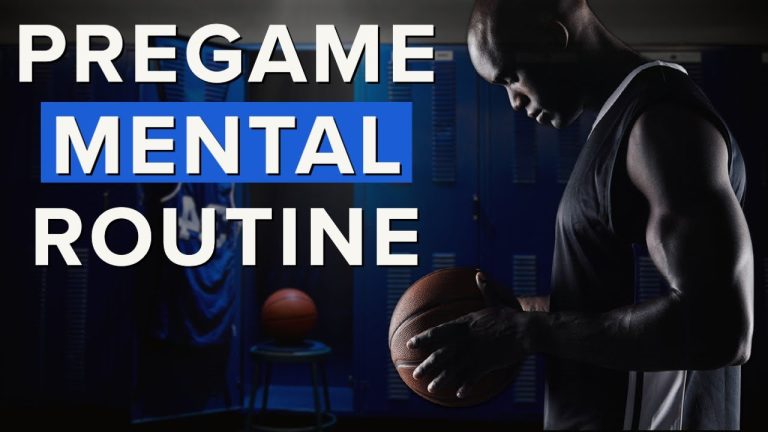
Communication is the lifeblood of success on the volleyball court, and nowhere is it more crucial than in the seamless interaction between receivers. The ability to effectively transmit and receive information in split seconds can make all the difference between a well-executed play and a missed opportunity. In this article, we delve into the art of communication in volleyball, exploring the key techniques and strategies that empower receivers to connect flawlessly, anticipate each other’s moves, and ultimately elevate their team’s performance to new heights.
What is the importance of team communication in playing volleyball?
Effective team communication is vital in playing volleyball. It allows teammates to establish clear expectations and synchronize their movements on the court. By openly communicating, players can convey their intentions and strategies, fostering a strong sense of unity and coordination within the team.
A key aspect of team communication in volleyball is understanding that partners do not have to communicate in the same way. Each player brings unique strengths and perspectives to the game, and by embracing these differences, teams can create a dynamic and adaptable playing style. Respecting and appreciating diverse communication styles enables effective collaboration and ultimately leads to better performance on the court.
In the fast-paced and dynamic environment of volleyball, where split-second decisions can make or break a play, effective team communication is the glue that holds everything together. It allows players to react quickly, anticipate each other’s movements, and make split-second decisions. By fostering strong communication skills within the team, players can maximize their performance, minimize errors, and achieve greater success on the volleyball court.
Can communication with the opposing team be done in volleyball?
In the exhilarating sport of volleyball, players have the freedom to communicate with their teammates and even the opposing team. Unlike other sports, there is no USA Volleyball rule or policy that restricts players from talking to each other during the game. This open communication fosters teamwork, strategy, and a dynamic environment on the court. Whether it’s coordinating a spike or strategizing a defensive play, players can freely engage in dialogue, creating a vibrant and interactive experience that enhances the game’s intensity.
The absence of a rule that prohibits communication between teams in volleyball sets this sport apart from others. This unique aspect allows players to engage in friendly banter, share tips, and even provide encouragement to their opponents. By promoting an environment of open dialogue, volleyball encourages mutual respect and sportsmanship among players. This communication not only facilitates effective teamwork but also adds a layer of excitement, making each match a lively and engaging spectacle. So, next time you step onto the volleyball court, feel free to engage in conversation with both your teammates and the other team, as it is an essential part of this thrilling game.
What is the importance of good communication in a team?
Good communication is essential in a team because it fosters a sense of unity and understanding among its members. When team members are able to effectively communicate their ideas, thoughts, and concerns, it promotes a collaborative environment where everyone feels valued and heard. This not only enhances productivity but also helps avoid misunderstandings and conflicts that can hinder progress. In short, good communication acts as the glue that holds a team together, enabling them to work towards a common goal.
Furthermore, good communication within a team encourages creativity and innovation. When team members freely share their thoughts and perspectives, it opens up the possibility for new ideas and solutions to emerge. Effective communication allows for brainstorming, constructive feedback, and the exploration of different viewpoints, all of which can lead to breakthroughs and improved outcomes. By creating an atmosphere that encourages open and honest communication, teams can tap into the collective intelligence and creativity of its members.
Lastly, good communication in a team promotes trust and strengthens relationships. When team members are transparent and communicate openly, it builds trust among them. Trust is crucial for effective collaboration as it creates a safe space for individuals to express their opinions, take risks, and admit mistakes without fear of judgment. Strong relationships within a team foster a sense of camaraderie, support, and motivation, which ultimately leads to higher levels of engagement and success.
Mastering the Art of Connection: Elevating Volleyball Receiving Skills
Mastering the Art of Connection: Elevating Volleyball Receiving Skills
In the world of volleyball, the ability to receive the ball with precision and finesse is crucial for a team’s success. Mastering the art of connection on the court not only elevates a player’s receiving skills, but it also enhances the overall performance of the team. With lightning-fast reflexes and impeccable hand-eye coordination, a skilled receiver becomes the catalyst for a seamless play. By honing their technique and constantly fine-tuning their instincts, players can create an unbreakable bond between themselves and the ball, effortlessly guiding it to its intended destination. This level of mastery not only impresses spectators but also inspires teammates, elevating the collective spirit and determination on the court. Therefore, by dedicating time and effort to mastering the art of connection, volleyball players can take their receiving skills to new heights and truly excel in the game.
Unlocking Seamless Communication: The Secret to Ace Volleyball Receiving
Unlocking Seamless Communication: The Secret to Ace Volleyball Receiving
Effective volleyball receiving requires more than just individual skill and technique. It is the seamless communication between teammates that truly unlocks success on the court. Without clear and concise communication, players risk confusion, missed opportunities, and ultimately, a breakdown in teamwork. By understanding the importance of communication and practicing effective strategies, teams can take their volleyball receiving to the next level.
One key aspect of seamless communication in volleyball receiving is the use of non-verbal cues. Players can utilize hand signals, eye contact, and body language to quickly and efficiently convey their intentions to their teammates. By developing a shared understanding of these cues through consistent practice, teams can anticipate each other’s actions and react swiftly on the court. This non-verbal communication creates a fluid and cohesive unit, enhancing the team’s ability to receive the ball flawlessly.
In addition to non-verbal cues, effective verbal communication is essential in volleyball receiving. Players should regularly communicate their positioning, intentions, and any potential threats during gameplay. Clear and concise verbal cues help teammates anticipate and adjust their positioning accordingly, ensuring that the ball is received smoothly. By fostering an environment of open communication, teams can create a strong foundation for successful volleyball receiving, ultimately leading to improved performance and an increased chance of acing the game.
Effective communication is the cornerstone of success in any team sport, and volleyball is no exception. The ability for receivers to connect and communicate seamlessly on the court is crucial in maintaining a fluid and coordinated gameplay. By employing clear signals, concise instructions, and a shared understanding of each other’s abilities, teams can elevate their performance to new heights. With effective communication, receivers can anticipate each other’s movements, react swiftly to incoming balls, and ultimately create a formidable defense. In the fast-paced world of volleyball, effective communication among receivers is the key to victory.







